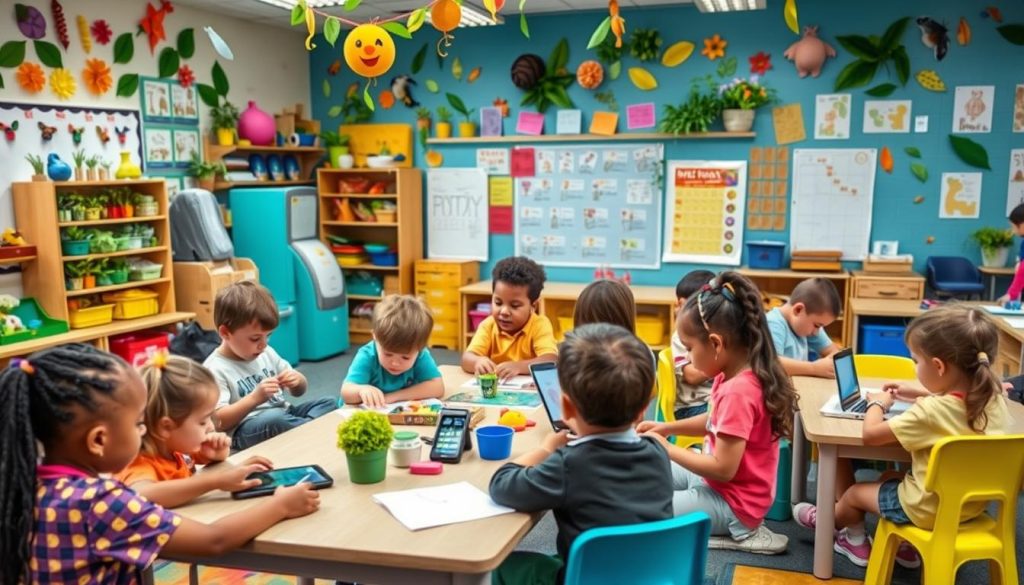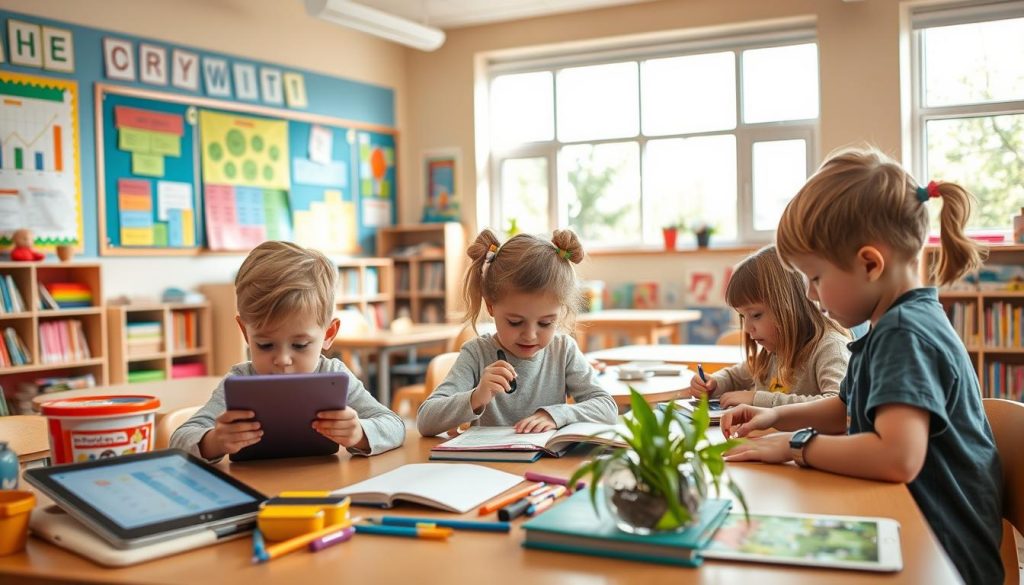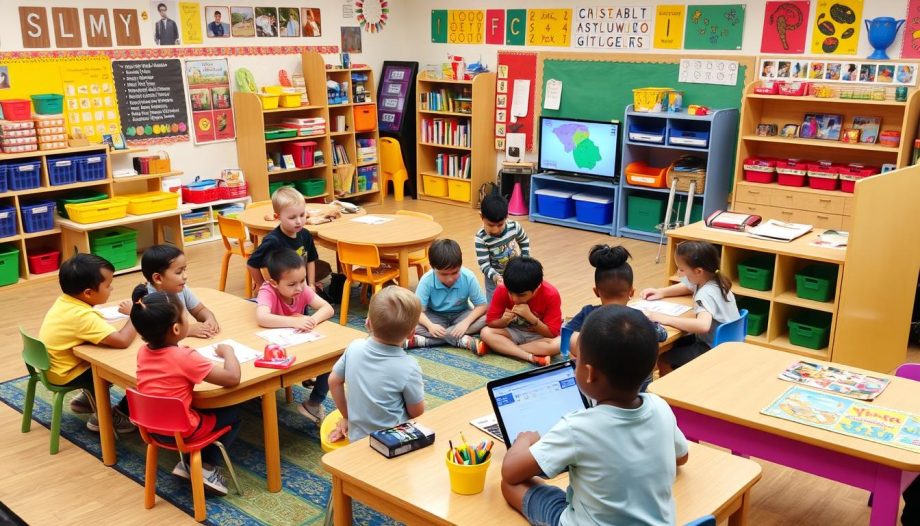In today’s educational landscape, we are increasingly recognizing the transformative potential of personalized learning. This innovative approach tailors education to meet each child’s unique learning needs, interests, and pace. It fosters a love for learning, enhances student engagement, and accommodates diverse learning styles, making it an invaluable asset for child development.
As educators and parents, we know the significance of meeting our children’s individual needs. With personalized learning, educational institutions are more equipped to improve outcomes, supporting our children in their journey towards academic success. Studies show that this tailored education can lead to greater student satisfaction and significantly reduce dropout rates, making it a crucial strategy for enhancing our children’s educational experiences.
Understanding Personalized Learning
In exploring personalized learning, we uncover a student-centered approach that prioritizes the unique needs and preferences of each learner. The definition of personalized learning encompasses various strategies that allow students to engage with material in ways that resonate with their individual strengths. This approach fosters a more enriching educational experience by tailoring learning paths.
What is Personalized Learning?
Personalized learning represents an educational model that adapts to the characteristics of each student. This means acknowledging that every learner has different experiences, interests, and capabilities. By facilitating a student-centered approach, education shifts from a one-size-fits-all methodology to a more individualized experience. Through this process, children become active participants in their learning journeys.
Key Components of Personalized Learning
When we consider the components of personalized learning, several elements stand out. Differentiated instruction plays a crucial role, offering various methods to teach content according to students’ needs. The incorporation of technology enhances learning by providing tools that allow for adaptive experiences. Real-time feedback is another essential aspect, helping learners gauge their progress and make necessary adjustments. Here is a summary of these key components:
| Component | Description |
|---|---|
| Differentiated Instruction | Tailors learning experiences to address individual student needs. |
| Technology Integration | Utilizes digital tools that adapt to students’ learning paces. |
| Real-Time Feedback | Provides immediate guidance and assessment, enabling personal growth. |

The Benefits of Personalized Learning for Children
Personalized learning presents a transformative approach to education that can significantly impact children’s experiences in the classroom. By aligning educational strategies with each child’s unique strengths and interests, we create a vibrant learning environment. This environment not only enhances learning but also fosters a love for knowledge and inquiry.
Enhancing Individual Strengths and Interests
When we tailor education to individual strengths, students are more engaged. This targeted approach allows children to explore their passions, resulting in deeper learning. By recognizing and nurturing these interests, we can motivate students to pursue knowledge more enthusiastically.
Improving Academic Performance and Engagement
Research shows that personalized learning increases academic performance. With the ability to progress at their own pace, students receive immediate feedback that further supports their learning journey. As we implement personalized strategies, we witness a clear rise in student engagement. This engagement stems from addressing diverse learning styles, which keeps students focused and motivated.
Building Confidence and Independence in Learning
We see that personalized learning contributes significantly to building confidence. When students take ownership of their learning, they develop independence. This empowerment encourages them to set and achieve personal goals, fostering a sense of accomplishment. As they navigate challenges and successes, we observe a marked increase in their overall confidence.

Implementing Personalized Learning in Education Settings
Implementing personalized learning in our educational settings requires a thoughtful approach that integrates technology and adapts our classroom environments. By utilizing learning technology, we can create individualized learning plans that cater to the diverse needs of students. This process often involves assessing the unique strengths and weaknesses of each learner, allowing us to tailor lessons and activities accordingly.
Professional development for educators plays a crucial role in this transition. It’s essential that teachers receive training on effective education strategies, including the use of learning analytics and adaptive learning tools. With these skills, our educators can better support personalized learning initiatives and foster an environment where every student feels valued and empowered.
Furthermore, collaboration among educators, students, and families is vital to the success of personalized learning. By adopting a holistic approach, we can ensure that our classrooms are adaptive and responsive to individual learning styles. Programs like Summit Learning and Khan Academy provide excellent frameworks that help implement personalized learning effectively, promoting an atmosphere that celebrates each child’s journey towards academic success.





